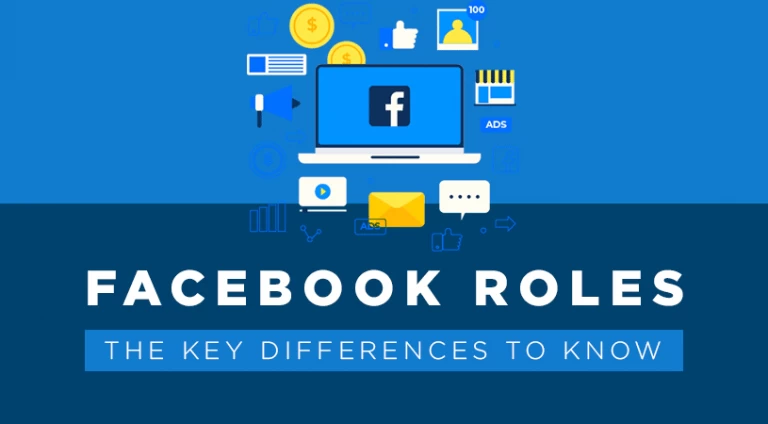What is a content calendar?
Content calendars are shareable resources that your team can use to plan all content creation and promotion and visualize how your content is distributed throughout the year. A content calendar gives you the direction you need to develop rich, quality content on various platforms and stores it all in one place. By establishing and maintaining a consistent theme, planning your posts, and crafting robust content on time, a content calendar aids your school or district communications team by saving them time!
Developing a content calendar allows for more time to be proactive and less weight on your shoulders during the busy school year when you have to be reactive. Content calendars are integral to a successful marketing strategy, yet only 32 percent of companies that utilize content marketing have a written process for it (Content Marketing Institute). In posting thoughtfully curated content, you increase your school’s following, boost engagement, connect with your students and staff members, and maintain your school narrative.
Establishing Guidelines
When creating a successful content calendar, the first step is establishing guidelines. This means assigning content owners, publishers, and schedulers for each platform and theme. For you, this might be an athletic director, the journalism teacher, or anyone who’s already involved in creating content. Starting is the hardest part, so make it easier on yourself by adding important dates and themes from previously established calendars like your school’s academic calendar or a sports calendar.
Determining a Cadence
The second step of implementing a content calendar is determining a posting cadence. Your cadence is how often you post content to each platform. For example, you may post to Twitter 12 times a day and Instagram only twice a week, on Tuesdays and Thursdays. A consistent cadence helps your community establish trust and know what information they can rely on and when. If the cadence is disrupted, you can leave your students and staff members feeling confused.
Establishing a cadence also keeps you from forgetting about that one platform that hasn’t had much attention in a while. It’s important to be aware of the different levels of interaction on your social platforms as each of these is likely to vary in engagement. Knowing what content performs well, which platform is most impactful, and the most ideal days and times to post, is key to defining your cadence.
Quality Content
Determine what content resonates with your audience. To do this, utilize the analytics tools provided by your social media platforms. These metrics are often titled “Insights” or “Analytics” and can be found on Instagram Business profiles, Twitter, LinkedIn Business profiles and Facebook Business pages. Through these results, you can develop a deeper understanding of what types of posts perform well and when. For example, your audience may resonate more with your school’s sports teams and engage more with score posts or updates from the latest play on Twitter. Or maybe you just rolled out a new career program and your parents are highly engaged with articles on Facebook explaining what’s new. By observing metrics, you discover what’s performing best.
Theme consistency is a good indicator of a strong social media direction and presence, but it’s also beneficial to include features of diverse perspectives. For example, you could ask a teacher to write a blog about their teaching style, or you could reach out to your principal or headmaster for a blog on what makes a good leader. Not only is consistency key, but diversity and inclusiveness is paramount. No one likes being left out and that goes for staff, sports teams, art clubs, teachers and your community as a whole. Make sure you’re not being one-sided in your features and posts.
Scheduling
Because so much of the school year is spent being reactive, scheduling out your content ahead of time is incredibly important. If you can’t fill in every blank space on your content calendar, don’t panic. Instead, include a placeholder theme of the post with a due date for the draft. This way, you won’t go days without content and you’ll have a direction for what’s needed, along with a deadline. For example, if you know your school will need content to post on Veteran’s Day and you host a Veteran’s Day breakfast each year, your calendar might look something like this:
| Holiday | Veteran’s Day | Take pictures at Veteran’s Day Breakfast | Post to Twitter, Facebook, and Instagram | Due Date: November 11, 2020 |
A good rule of thumb is planning out your content 1-2 weeks in advance. That way, you can see which days of the week are more saturated with content and which days may need some attention.
A successful marketing campaign requires an organized, well-thought-out approach. With a content calendar, you can schedule posts weeks or even months in advance instead of brainstorming them in a frenzy the day of. There are plenty of free content calendar templates available online, and you can even get started with a simple Excel spreadsheet. You’ll be happy you started- a content calendar can bring you one step closer to achieving your marketing objectives and exhibiting your school’s growth!



